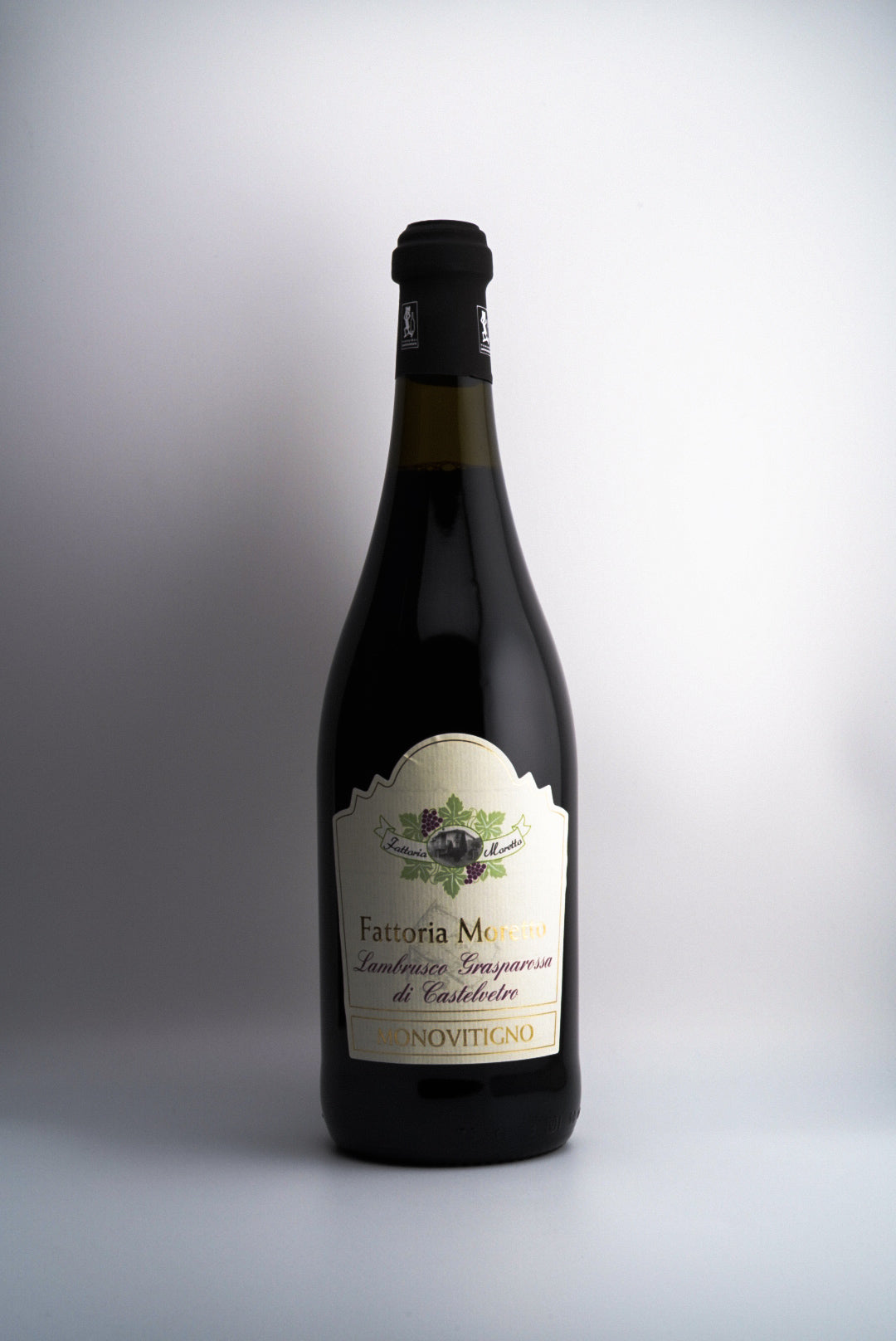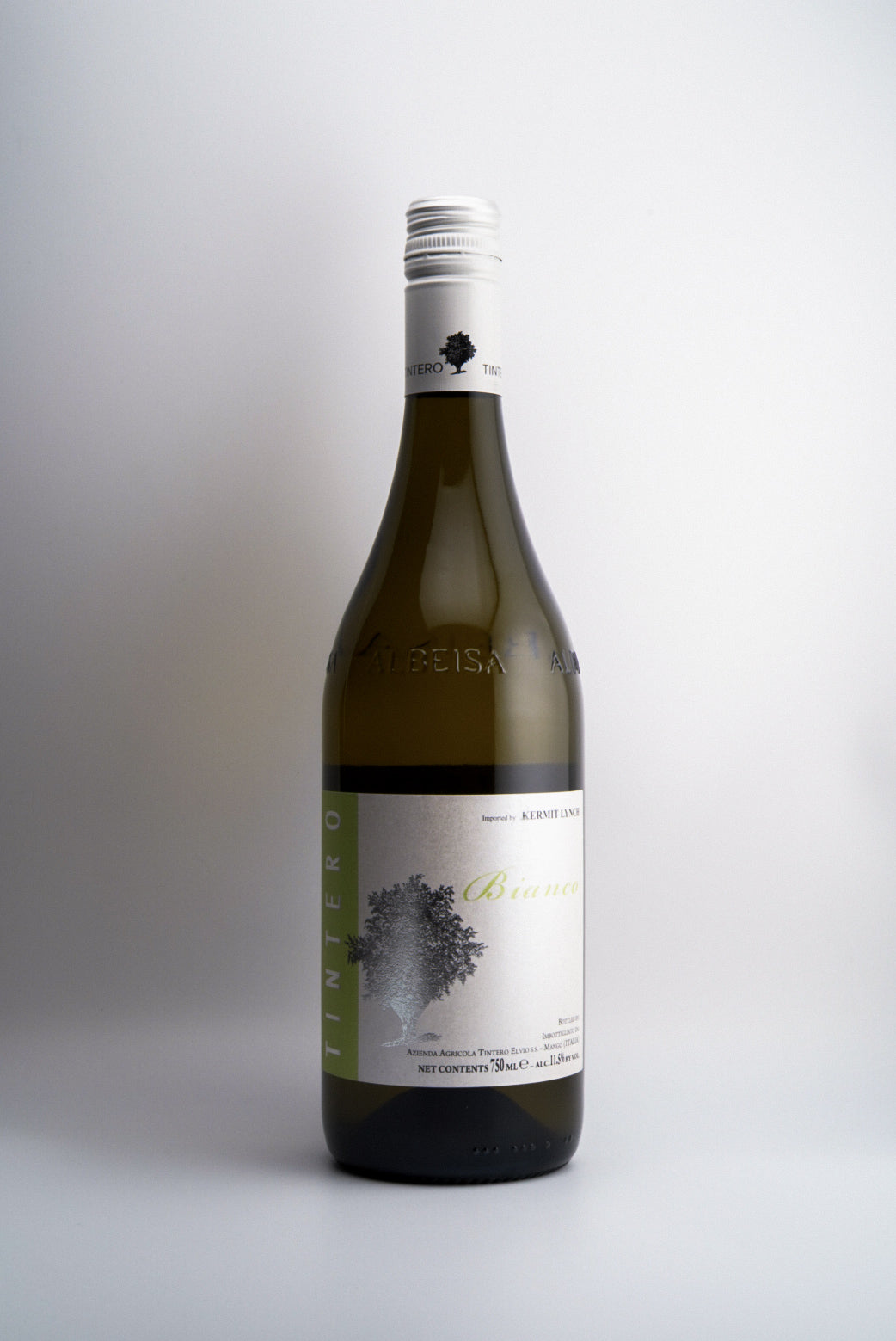How Australia's Geography Shapes Its Wines
Australia's diverse landscape and climate play an important role in creating the distinctive character of wines from Australia. From the sun-baked vineyards of South Australia to the cool-climate regions of Tasmania, Australian wine regions offer an incredible range of styles and varieties that reflect their unique terroir. The country's winemaking history dates back to the late 18th century, and today, Australia stands as one of the world's most dynamic wine-producing nations.
Understanding Australian Wine Regions
Wine country Australia stretches across a continent, encompassing climates from Mediterranean to continental and maritime. This remarkable diversity allows Australian winemakers to produce virtually every wine style imaginable. The country's major wine regions each bring something unique to the world of wine:
- Adelaide Hills - Known for crisp white wines and elegant reds
- McLaren Vale - Famous for bold Grenache and Shiraz
- Clare Valley - Home to world-class Riesling
- Tasmania - Produces exceptional sparkling wines
- Barossa Valley - Renowned for full-bodied reds
These regions represent just a fraction of Australia's wine-producing areas, with new regions continuously emerging and establishing their own identity in the global wine scene.
How Climate Influences Wine from Australia
The relationship between geography and wine quality is particularly evident in Australia's diverse climate zones. Coastal regions benefit from cooling ocean breezes that moderate temperatures and extend the growing season, resulting in wines with complex flavor development and balanced acidity. Inland areas experience more continental conditions, with greater temperature variations between day and night, which can intensify fruit flavors and color in red wines.
Key climate factors affecting Australian wine include:
- Maritime influences that moderate coastal vineyards
- Continental climate effects on inland regions
- Altitude variations creating unique microclimates
- Day-night temperature variations enhancing flavor development
- Seasonal rainfall patterns impacting irrigation needs
Notable Wines from Australia at Harvest Wine Shop
At Harvest Wine Shop in San Diego, we proudly showcase wonderful Australian wines. Our carefully curated selection represents the diversity and quality of Australian wine production. The 2021 Paxton Grenache from McLaren Vale demonstrates the region's mastery of Mediterranean varieties, producing wines with bright fruit character and subtle complexity.
Tasmania's cool climate shines through in the Jansz Premium Cuvée NV, a sparkling wine that rivals some of the world's best. The 2022 Seppeltsfield Watervale Riesling captures Clare Valley's ability to produce pristine, aromatic white wines with striking natural acidity.
From the historic Barossa Valley, 2022 Micro Wines Vine Vale Cinsault offers a modern, lighter-styled red that showcases the region's versatility. The 2023 Patrick Sullivan Chardonnay from South East Australia represents the new wave of Australian winemaking, focusing on elegance and regional expression.
The Impact of Soil on Australian Wine
The geological history of Australian wine regions has created a complex tapestry of soil types, each contributing distinct characteristics to the wines they produce. Understanding these soil compositions helps explain why certain varieties excel in specific regions:
Terra rossa soils in Coonawarra provide:
- Excellent drainage
- Mineral content that enhances complexity
- Natural vigor control for vines
Ancient sandy loam in Barossa Valley contributes to:
- Deep root development
- Water retention
- Concentrated fruit flavors
Innovation and Tradition in Australian Wine Production
The Australian wine industry uniquely balances cutting-edge technology with time-tested techniques. This approach has helped Australian wine producers adapt to challenging conditions while maintaining quality and consistency in their wines.
Modern Winemaking Technologies:
- Temperature-controlled fermentation vessels
- Optical grape sorting equipment
- Advanced pruning techniques
- Precision harvesting methods
However, many producers also maintain traditional practices that have proven successful over generations:
Hand Harvesting:
- Critical for premium wine production
- Allows for selective picking
- Preserves fruit quality
- Maintains vine health
Heritage Preservation:
- Maintaining old vine plantings
- Some vines dating back to the 1840s
- Traditional basket pressing
- Open-top fermentation
Research and Development: The Australian Wine Research Institute leads global innovation in:
- Disease-resistant vine development
- Flavor compound analysis
- Fermentation science
- Climate adaptation strategies
This combination of innovation and tradition has positioned Australian wine producers to face future challenges while honoring their historical roots. The industry's forward-thinking approach, coupled with respect for traditional methods, continues to elevate the quality and consistency of Australian wines.
The Future of Wines from Australia
The Australian wine industry continues to innovate and adapt to changing conditions. Climate change has sparked new approaches to vineyard management and variety selection, while changing consumer preferences drive exploration of alternative winemaking techniques.
Current trends shaping the future of Australian wine include:
- Exploration of drought-resistant varieties
- Implementation of precision viticulture
- Focus on single-vineyard expressions
- Development of new wine styles

















